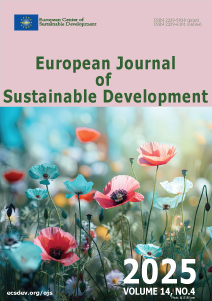Women in Public Spaces: Lived Experiences through a Safety Audit Approach
Keywords:
Women’s safety, Safety Audit, Crime against women, gendered spaces, InclusivityAbstract
offering diverse opportunities. However, cities remain paradoxical, promising better lives while excluding many. Urban experiences, shaped by social identities, result in complex, unequal spatial dynamics, with gender significantly influencing these. Women often perceive urban spaces differently than men, facing conditional access and heightened public vulnerability. A 2021 NCRB report revealed Delhi's lead in crimes against women among Indian cities, with a 40% increase from 2020 to 2021.
Data Methods, Materials and Methodology: This study evaluates women's safety and access to public spaces in Delhi, aligning with SDG goals. Safety audits and structured questionnaires were employed in 10 locations with higher walkability and visibility, examining both objective and subjective factors. The study emphasizes that cities are not inherently designed for women's safety; instead, women 'create' their own spaces, termed "HerSpaces," through constant negotiations in their daily lives. Furthermore, the three A's—accessibility, affordability, and accountability— widen the gap between existing city spaces, their design, and actual usage by women.
Findings: This unequal and highly differentiated access, resulting from and in turn leading to the marginalization of women, presents itself as a multi-faceted challenge exacerbated by institutional inefficiency, among other things, serving as obstacles in the way of transforming Delhi into a city for everyone - safe and inclusive in every sense of the words.
Keywords: Women’s safety, Safety Audit, Crime against women, gendered spaces, Inclusivity.
Downloads
Published
How to Cite
Issue
Section
License

This work is licensed under a Creative Commons Attribution-NonCommercial 4.0 International License.





